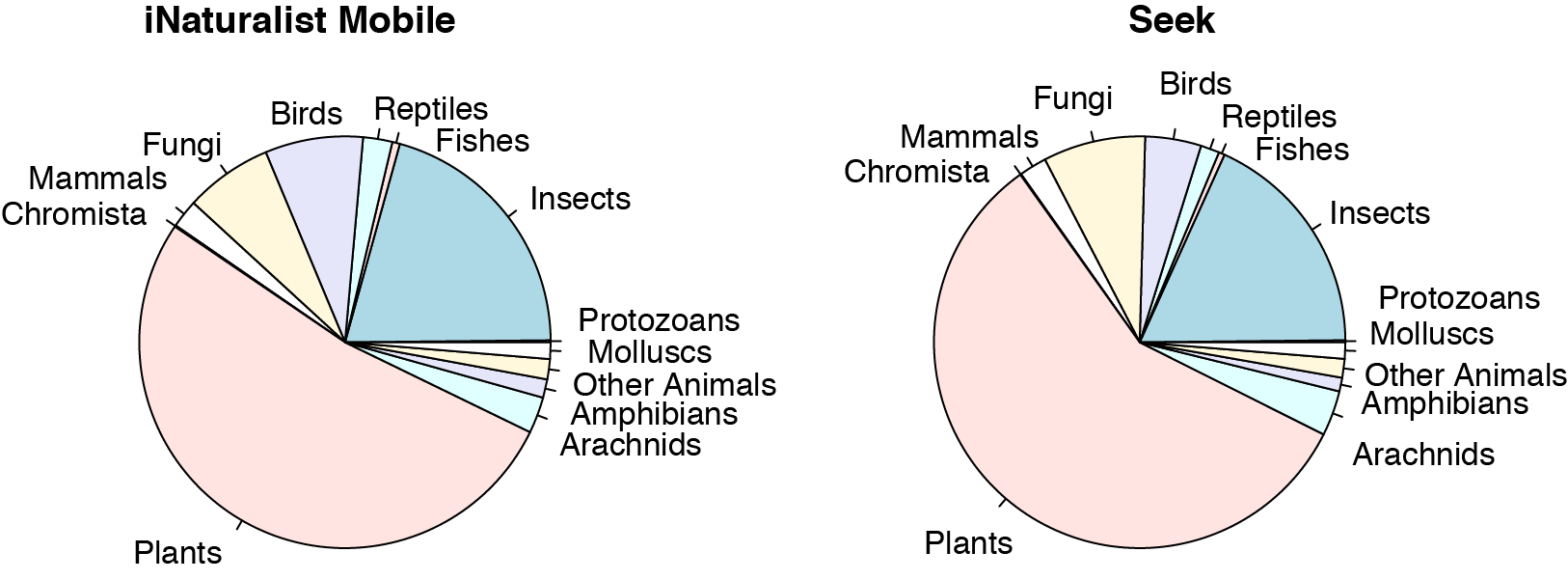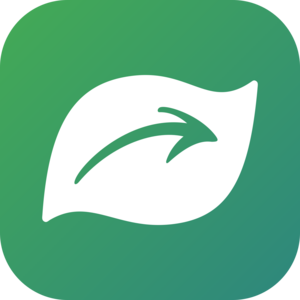The Jumping Spider and the Blunthead Slug Snake - Observation of the Week, 11/2/21

Our Observation of the Week is this Blunthead Slug Snake (Aplopeltura boa) with a Jumping Spider (Family Salticidae) on its head! Seen in Indonesia by @fhadlikennedi.
Umar Fhadli Kennedi graduated with a degree in Conservation of Forest Resources and Ecotourism from IPB University in Bogor, Indonesia, back in 2018, and credits his days as a university student with his interest in nature. “When I was a kid,” he tells me, “I really liked outdoor activities such as hiking, but I wasn’t very aware of the plants and animals around me.”
But as a university student, I studied in the faculty of Forestry in Bogor, doing a lot of fieldwork, learning about a few species of plants and animals. I also joined a student club for herpetology, and I learned a lot about amphibians and reptiles there, where I also met the Indonesian herpetologist [@mirza] who made me want to learn more and more about amphibians and reptiles of Indonesia. I’m currently interested in amphibians and reptiles, but sometimes I also take a picture of insects and mushrooms when I'm in the field (but I don't even know what the species is, just upload in inaturalist haha).
This past June, Kennedi was collecting data for his supervisor’s research at Mount Halimun Salak National Park but no cellular signal reached their lodge. So, most nights he and his colleagues (below) hiked about fifteen minutes up to a hilltop in the park to connect with the world. “I always brought my camera with me, just in case we found something interesting,” he says.

While up on the hill we looked for amphibians and reptiles and one night, one of my friends found this snake and started photographing it. As I was taking photos a spider jumped from the tail to the head of the snake. Seeing that, I shot as fast and as much as possible, hoping to get a great picture. The photos turned out too dark, haha, and I'm struggling to make the picture better, but I'm still not satisfied with the result.
As its common name suggests, the blunthead slug snake tends to prey on gastropods, but it will also eat lizards and other prey. Some species in the slug snake family (Pareidae) have quite asymmetrical jaws, with significantly more teeth on the right mandible than the left, allowing the snake to more easily pull most snails from their shells. However, not all snail shells curve to the right (dextral) - a minority curve to the left (sinistral), and it’s thought this has created pressure for snail speciation where some of these snakes occur. “Already,” says Andrew M. Durso, “southeast Asia harbors more sinistral snail biodiversity than any other region (12% as opposed to 5% worldwide), likely in part due to selection against dextral and for sinistral shells from snake predation.” These snakes are not venomous and, as far as know, harbor no specific attraction to jumping spiders. ;-)

Kennedi (above) posts his reptile and amphibian observations to his supervisor’s Amfibi Reptil Kita (ARK) project and tells me that at first he only used iNat for herp photos but
after a few years spent in working with wildlife, I wanted to share other unique wildlife that I found (such as insects and mushrooms). Also, the iNaturalist community is so great that, even though I'm a newbie for most things beside herpetofauna, almost always some people help identify the species that I don't know.
(Quotes have been lightly edited for clarity)
- I linked to it in the text, but I wanted to make sure you check out Andrew M. Durso’s blog post about slug snakes and snail chirality.
- Here’s some nice footage of a blunthead slug snake from Penang, Malaysia.
- This video has a nice section showing a slug snake in Taiwan attemping to eat a sinistral snail, starting at around 29:34.
- This is not the first Observation of the Week documenting an arthropod in the head of a snake!





















